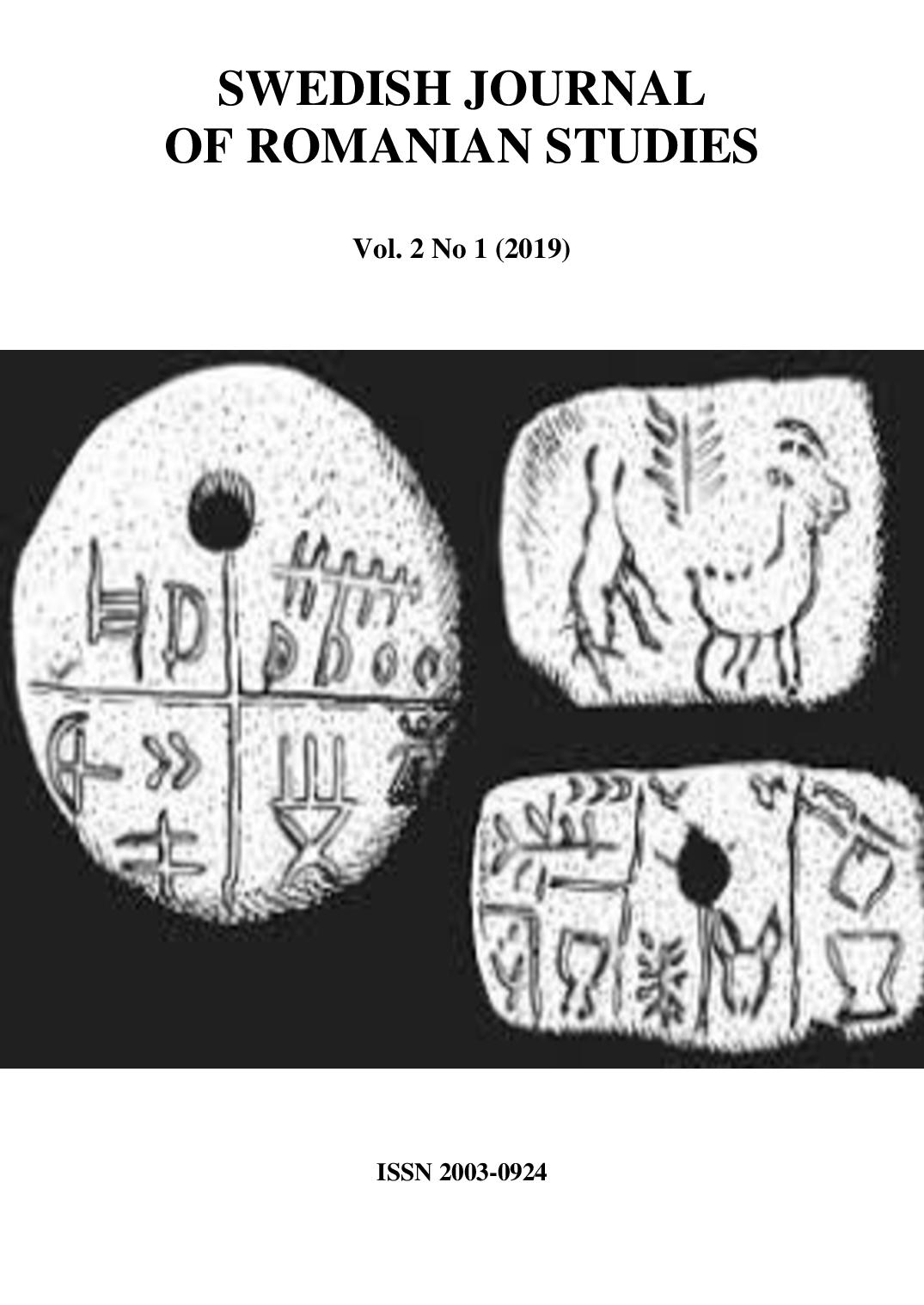«Blachii ac pastores romanorum»: de nouveau sur le destin du latin à l’est
«Blachii ac pastores romanorum»: again, on the destiny of Latin in the East
Author(s): Iosif CamarăSubject(s): Language studies, Cultural history, Ethnohistory, Local History / Microhistory, Historical Linguistics, 6th to 12th Centuries
Published by: Språk- och litteraturcentrum, Lunds Universitet
Keywords: Eastern Romanity; Shepherding; Romanian Continuity; Romanian Dialects;
Summary/Abstract: The shepherding tradition in Romanic peoples enjoyed some interest among linguists in the first half of the 20th century. However, this tradition has been misunderstood, poorly known, or even completely ignored. Therefore, starting from a suggestion by Alf Lombard, we took up this research direction, discussing several issues revealed by the study of Eastern Romanity. These are the rustic character of the Romanian language bearing pastoral traits; the Carpathian-Balkan space in which the language was born and the issue of continuity in the North Danube area; and the dialectal configuration of the Romanian, having four relatively homogeneous historical dialects and language varieties. In this direction, we relied on linguistic, ethnographic, historical and archaeological research, in order to emphasize the importance of shepherding in the research of Eastern Romanity. Genealogically, Romanian is defined as the Latin language spoken continuously in the eastern part of the Roman Empire, from the Carpathians to the Balkans, with the changes that have taken place throughout history. The pastoral character of Eastern Romanity is rendered by the early medieval chronicles; even the exonym vlah (Wallachian) designating the Romanic population has acquired the meaning of ‘shepherd’. The specificity of this community is supported by numerous linguistic facts: semantic evolutions (e.g. ANIMAL ‘living creature, animal’ > nămaie ‘sheep’), specific derivations (a înţărca ‘wean’, derived from ţarc ‘corral, enclosed area for animals’, which initially meant ‘getting the lamb into a corral, so it stopped sucking’), expressions (a închega un gând ‘crystallise thoughts’, where the verb used is a închega ‘coagulate’) or even morphologic elements (the structure of the Romanian numeral from 11 to 19, linked to the scoring system). Throughout time, shepherding has been associated with the controversial issue of the territory in which the Romanian language and the Romanian people were born. Ethnological research has revealed the existence of four types of shepherding: local – agricultural – one, two types characterised by short transhumance, and the last one, associated with long-distance transhumance. Of the three types of transhumant shepherding, none identifies itself with the nomadic lifestyle and, therefore, the existence of a balkanische Hirtenromania (Balkan pastoral Romanity) does not imply the phenomenon of migration, as it was erroneously believed. Shepherding, through the forms described by ethnologists, explains both the sedentary character and the mobility of Oriental Romanity. Linguistic and archaeological arguments support G. Ivănescu’s view identifying the origins of the Romanian language in both the north and south of the Danube. The pastoral character of Romanity led to a population mobility that influenced the language at diatopic level. There is, on the one hand, a dialectal diversity due to population movements, and, on the other hand, a surprising linguistic unit, due to transhumant shepherds whose travels played a linguistic levelling role. This fact explains the linguistic unity of the Romanian language, despite its territorial spread and development in several historical provinces separated by natural boundaries. While shepherding explains some important issues in the history of Eastern Romanity, there is still need for systematic study on this topic. A comparative study of shepherding at the level of the entire Romanity is required in order to draw a complete picture of the lifestyle that characterized Romanity especially in the mountainous areas of Europe, bearing influence on the historical languages that we can only guess nowadays.
Journal: Swedish Journal of Romanian Studies
- Issue Year: 2/2019
- Issue No: 1
- Page Range: 109-123
- Page Count: 15
- Language: French

